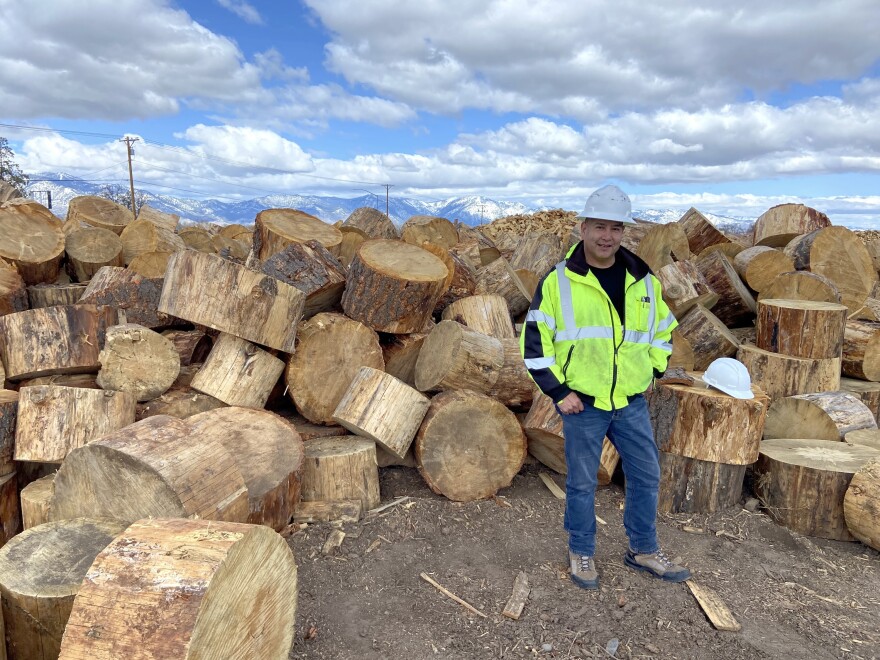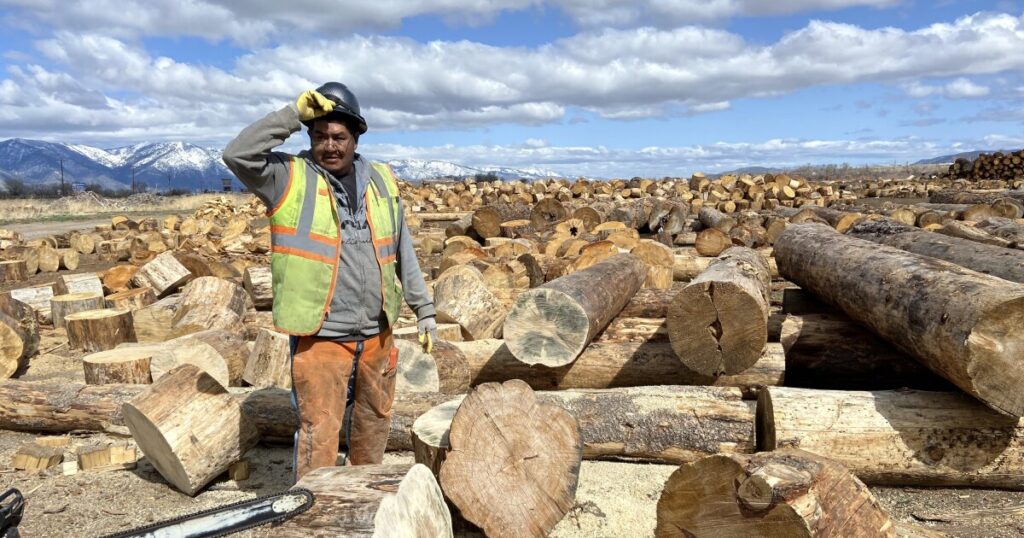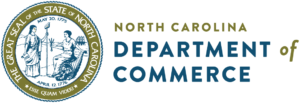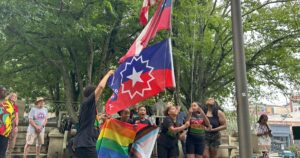Washoe Tribe’s Firewood Program Offers Warmth and Community Support
In a serene valley east of Lake Tahoe’s south shore, the Washoe Tribe of Nevada and California is bustling with activity, preparing for the cold months ahead. The tribe’s wood yard, surrounded by the chirping of magpies and the hum of machinery, is the heart of a unique initiative aimed at providing warmth and support to its elders.
Foreman Kenneth Cruz oversees the operations, watching as his team, including crew member Jacob Vann, processes timber like the dense Tamarack pine. “That looks dense,” Cruz notes, observing the log’s heartwood. Vann agrees, highlighting the challenge in cutting such wood compared to cedar.
The Washoe Tribe’s wood yard, equipped with a firewood processor purchased through a $1 million grant from the U.S. Forest Service, is pivotal in producing about a thousand cords of firewood annually. Each cord, comprised of roughly 800 pieces, can heat a home for a month. Surplus firewood is sold locally, contributing to the tribe’s energy initiative.
The “Wood for Elders” program, akin to a food bank for firewood, provides around 110 Washoe elders with free firewood each winter. “Some rely solely on wood for their heat,” Cruz explains, emphasizing the importance of the program as climate change increases the severity and frequency of winter storms, according to research.

Washoe Tribal Chairman Serrell Smokey highlights that while many tribe members use firewood alongside other fuels, a significant portion relies solely on it. “They can’t afford to pay high prices of propane,” Smokey states, underscoring the necessity of firewood during long winters.
The tribe’s efforts align with their historical forest stewardship. They have long been engaged in sustainable practices, including the use of cultural fire techniques, which have gained recognition in recent years as federal policies evolve to integrate Indigenous knowledge (see manage their forestlands and recognizing the value of Indigenous knowledge in environmental policy).
The Wood for Elders program collaborates with the National Forest Foundation, which supplies the Washoe wood yard with timber collected from forest thinning projects. “Our ability to remove some of this material and put it to good use…it really is a sort of a win-win,” says Sam Pankratz, the foundation’s Rocky Mountain region manager.
As climate change continues to impact wildfire frequency and severity, the importance of such initiatives grows. A 2016 study revealed a doubling of large wildfires in the West from 1984 to 2015, with climate change as a key driver of increased fire weather, according to a 2021 study.
The National Forest Foundation’s Wood for Life program extends its reach to several tribes across the region, providing essential resources for heating homes. It’s a critical service for places like the Navajo Nation, where more than 60% of households rely on wood for warmth and cooking.
In the Washoe wood yard, Cruz takes stock of their timber, noting the variety of species from Jeffrey pine to cedar. Each log represents warmth and security for their elders. “It’s a good feeling that I think we’re doing something good for our communities and for our people,” Cruz reflects, emphasizing the tribe’s willingness to share their resources with neighboring tribes in need.
This story was supported by the Indigenous Journalists Association and Solutions Journalism Network’s 2024-25 Health Equity Initiative.
This story was produced by the Mountain West News Bureau, a collaboration between Wyoming Public Media, Nevada Public Radio, Boise State Public Radio in Idaho, KUNR in Nevada, KUNC in Colorado and KANW in New Mexico, with support from affiliate stations across the region. Funding for the Mountain West News Bureau is provided in part by the Corporation for Public Broadcasting.





